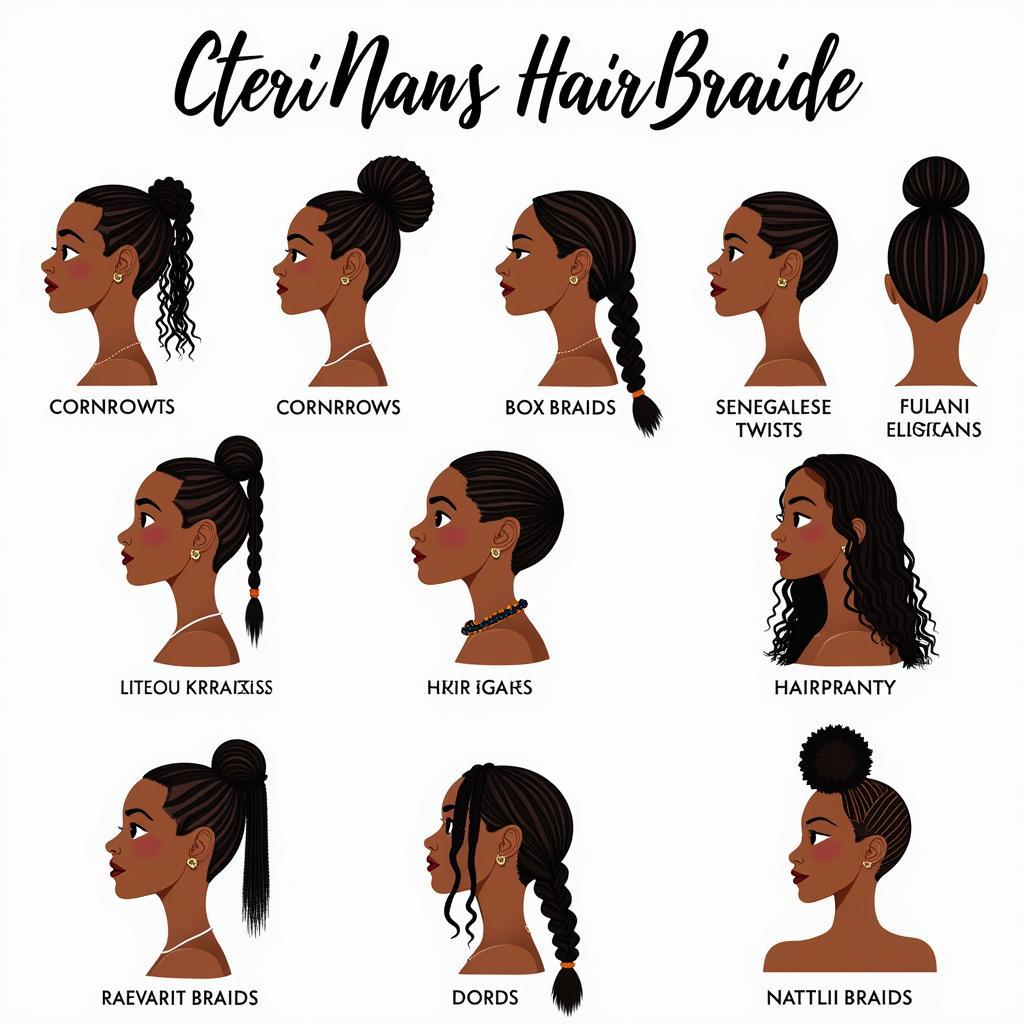The Enchanting World of the African Flute
The African Flute, a simple yet powerful instrument, holds a captivating history and significance in the diverse cultures of the continent. Far beyond just a musical tool, these flutes play an integral role in ceremonies, rituals, communication, and storytelling, weaving a rich tapestry of sound and tradition.
A Symphony of Diversity: Exploring Types of African Flutes
Across the vast expanse of Africa, the flute takes on myriad forms, each unique to its region and cultural context. While the basic principle of blowing air across an opening to create sound remains constant, the materials, craftsmanship, and playing techniques vary greatly. Some popular types include:
- The Ney: Originating from ancient Egypt, the ney is an end-blown flute often made from bamboo or cane. Its hauntingly beautiful sound is a staple in traditional Arabic and North African music.
- The Fula Flute: Common among the Fula people of West Africa, this transverse flute (held horizontally) is known for its bright, melodic tones and is often used in social gatherings and celebrations.
- The Embatana: Crafted from multiple pipes bound together, the embatana of Uganda is a complex instrument capable of producing rich harmonies. Skilled players can create intricate melodies that mimic the sounds of nature.
- The Umtshingo: Made from the horn of an antelope, the umtshingo of South Africa is a powerful instrument with a deep, resonant sound often used by young men during initiation ceremonies.
More Than Music: The Cultural Significance of African Flutes
The African flute transcends its role as a musical instrument, deeply entwined with the social fabric and spiritual beliefs of various communities.
- Rituals and Ceremonies: From births and deaths to initiations and harvests, the flute’s evocative melodies mark life’s pivotal moments. Its sound is believed to connect the physical and spiritual realms, invoking ancestors and deities.
- Communication and Storytelling: In some cultures, flutes are used as a form of communication, relaying messages across long distances or mimicking animal calls. They also play a vital role in storytelling, providing a soundtrack to oral traditions passed down through generations.
- Social Gatherings and Entertainment: African flutes are often at the heart of celebrations, dances, and social gatherings. Their lively tunes encourage participation and create a sense of community.
The Making of a Master: African Flute Craftsmanship
The creation of an African flute is a testament to the skill and artistry of local craftsmen. Traditional techniques are passed down through generations, ensuring the preservation of cultural heritage.
- Materials: From bamboo and cane to animal horns and wood, the materials used reflect the natural resources available in each region.
- Decoration: Flutes are often intricately decorated with carvings, beads, or colorful paint, reflecting the artistic sensibilities of the maker and the cultural significance of the instrument.
- Tuning and Playing: The tuning and playing techniques of African flutes are complex and vary widely. Master flutists spend years honing their skills, developing their own unique styles and musical vocabulary.
African Flute Music in the Modern World
While deeply rooted in tradition, the African flute is also finding its place in contemporary music scenes.
- Fusion and Innovation: Many modern musicians are incorporating the unique sounds of African flutes into genres like jazz, world music, and even classical music.
- Preservation and Revitalization: There is a growing movement to preserve and revitalize traditional flute music and craftsmanship. Workshops, festivals, and cultural exchange programs are helping to ensure that these ancient traditions continue to thrive.
FAQs:
- What is the most common type of African flute?
- While there are many types, the end-blown flute, similar to the ney, is prevalent across the continent.
- Are African flutes made only from wood?
- No, they are crafted from a variety of materials, including bamboo, cane, animal horns, gourds, and even metal.
- Where can I learn more about African flute music?
- Online resources, cultural centers, and museums dedicated to African music are excellent starting points.
The African Flute: A Timeless Legacy
The African flute, with its myriad forms and profound cultural significance, offers a window into the rich tapestry of the continent’s heritage. From ancient rituals to modern music, the haunting melodies of the African flute continue to resonate across generations, captivating listeners worldwide with their beauty and power.
For more information about African musical instruments, you can explore the diverse world of african instruments images. If you’re interested in witnessing the vibrant cultural expressions of African dance, check out these captivating african dancers hd images. To delve deeper into the role of music in African ceremonies, explore this article on african ceremonial dance.
For any assistance, feel free to contact us at Phone: +255768904061, Email: [email protected], or visit us at Mbarali DC Mawindi, Kangaga, Tanzania. Our customer service team is available 24/7.


